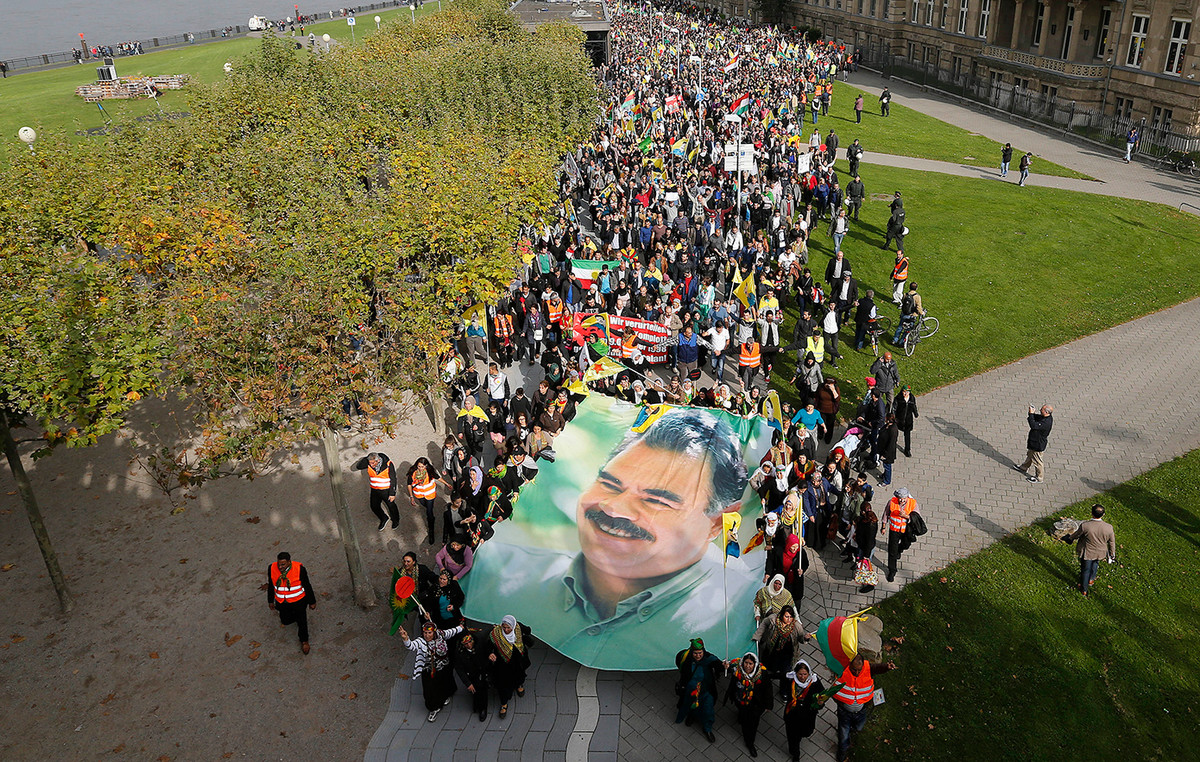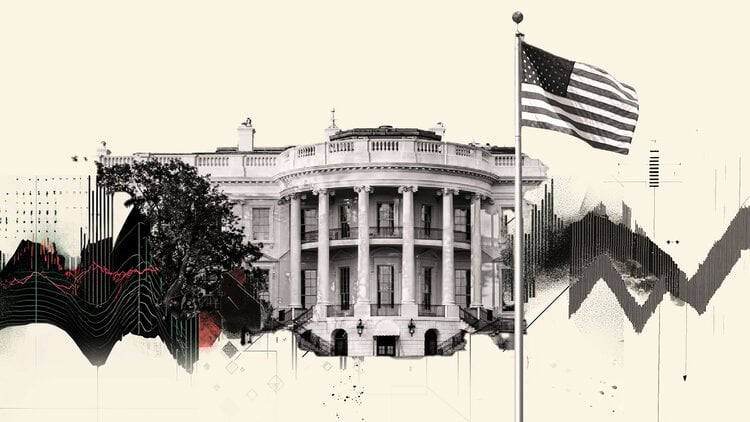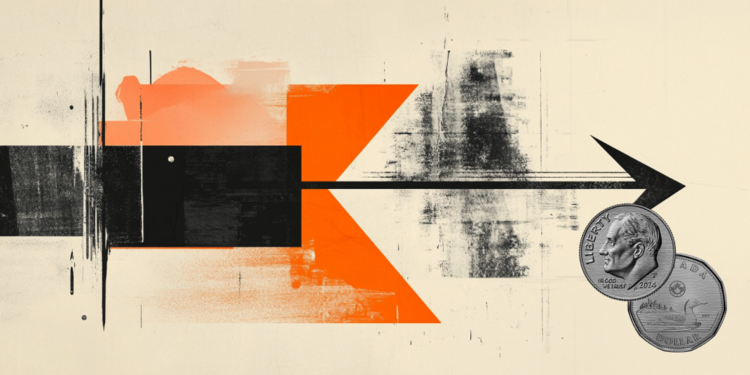The number of patients with dental insurance in Brazil grew 13% in 2021, compared to 2019, the last year before the Covid-19 pandemic. However, despite the growth in the total number of policyholders, the number of procedures performed dropped by 5% when compared to 2019 numbers.
The conclusion is from a study by the Instituto de Estudos de Saúde Suplementar (IESS), which analyzed data on the use of dental services by beneficiaries between 2019 and 2021.
The total number of insureds went from 25 million in 2019 to 28 million in 2021. However, from 2019 to 2021, the total annual procedures fell from 183 million to 174 million.
For the institute, the phenomenon is the product of the combination of two factors: the pandemic, which drove patients away from dental offices, and the recent economic recovery, with the fall in unemployment. This is because many contracts are the product of benefits offered by companies to employees.
Executive Superintendent of the IESS, José Cechin details the movement that has taken place in the sector. “There was a resumption in 2021. The number grew, but it did not reach the level before the pandemic. People went back to having procedures, but at a much slower pace,” says Cechin.
“The explanation for the increase in adhesions has to do with the relatively low cost, commercialization channels without bureaucracy, and the desire of more companies, especially small and medium ones, that are unable to offer a health plan and seek to provide at least one plan. dentist for these people”.
The unemployment rate in Brazil stood at 9.8% in the quarter ended in May, according to figures from the National Household Sample Survey (PNAD Contínua), released in June by the Brazilian Institute of Geography and Statistics. This is the lowest level for the period since 2015.
The collective adhesion plans, mainly the corporate ones, are largely responsible for the growth of the sector. The group went from 699 thousand beneficiaries in 2000 to 20 million in 2021.
The IESS survey analyzes data on net dental care expenses. In the transition from 2019 to 2020, there was a 19% drop in costs with procedures. With the recovery, from 2020 to 2021, the increase was 16%.
In nominal values, the financial movement of the year with dental health care was R$ 3.2 billion.
The work also highlights the importance of alerting the population about the importance of oral hygiene and awareness work, reinforced in this seventh month of the year, with the July neon campaign, focused on oral health.
The period was chosen for the prevention campaign because the school vacation months are perceived as more favorable for the procedures. Especially those related to prevention. In 2021, 45% of the procedures performed (78 million) were preventive in nature.
“It’s a set of actions. Everything that has to be done needs to be repeated, for people to internalize. Especially children, fathers and mothers, who need to assimilate the importance of oral care”, concludes the IESS executive superintendent.
Source: CNN Brasil







